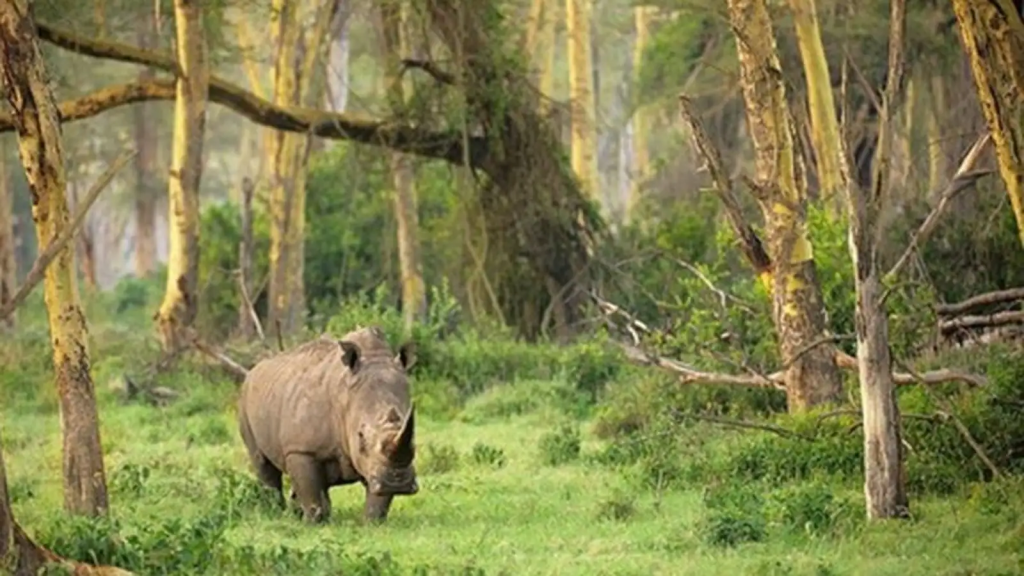
National parks play a crucial role in preserving animal habitats, offering safe havens where wildlife can thrive without the pressures of human encroachment. These protected areas are essential for maintaining biodiversity, as they provide environments where animals can live, breed, and feed in their natural surroundings.
In Indonesia, for example, national parks such as Komodo and Ujung Kulon are not only tourist attractions but also vital for the survival of endangered species like the Komodo dragon and Javan rhinoceros. These parks offer a controlled environment where human activities are regulated, minimizing the risks of poaching, deforestation, and habitat destruction.
National parks also serve as research grounds for scientists studying wildlife and ecosystems. The data collected helps in understanding species behavior, migration patterns, and the impacts of climate change. This research is crucial for developing effective conservation strategies.
However, national parks face challenges, including funding shortages and the pressures of tourism. Balancing the need for public access with the imperative to protect wildlife is an ongoing struggle. Effective management and sustainable tourism practices are necessary to ensure that these parks can continue to fulfill their conservation role.
In conclusion, national parks are indispensable for preserving animal habitats. By providing a refuge for wildlife and supporting conservation efforts, these protected areas help ensure that future generations can enjoy the rich biodiversity our planet has to offer.